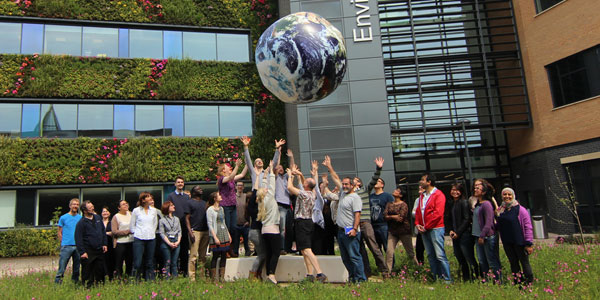Our world-class research has relevance, reach and influence. It provides the knowledge, and drives the actions needed to define the best solutions for environmental challenges in the 21st century.
Our research base covers a wide spectrum, from understanding the patterns and processes underlying physical geography and environmental science through ecology, economics and human geography, to environmental policy. We carry out the fundamental research that allows us to:
- understand the causes and consequences of environmental change
- use this knowledge to develop innovative solutions to environmental challenges
- engage with stakeholders to provide credible, relevant and contextualised knowledge to support sustainable transformations and drive social change.
Environmental sustainability is at the heart of all of our research, matched to commitments around eliminating poverty, and providing equity and justice for all.



600x400.jpg)

600x400.jpg)

800x400.jpg)


